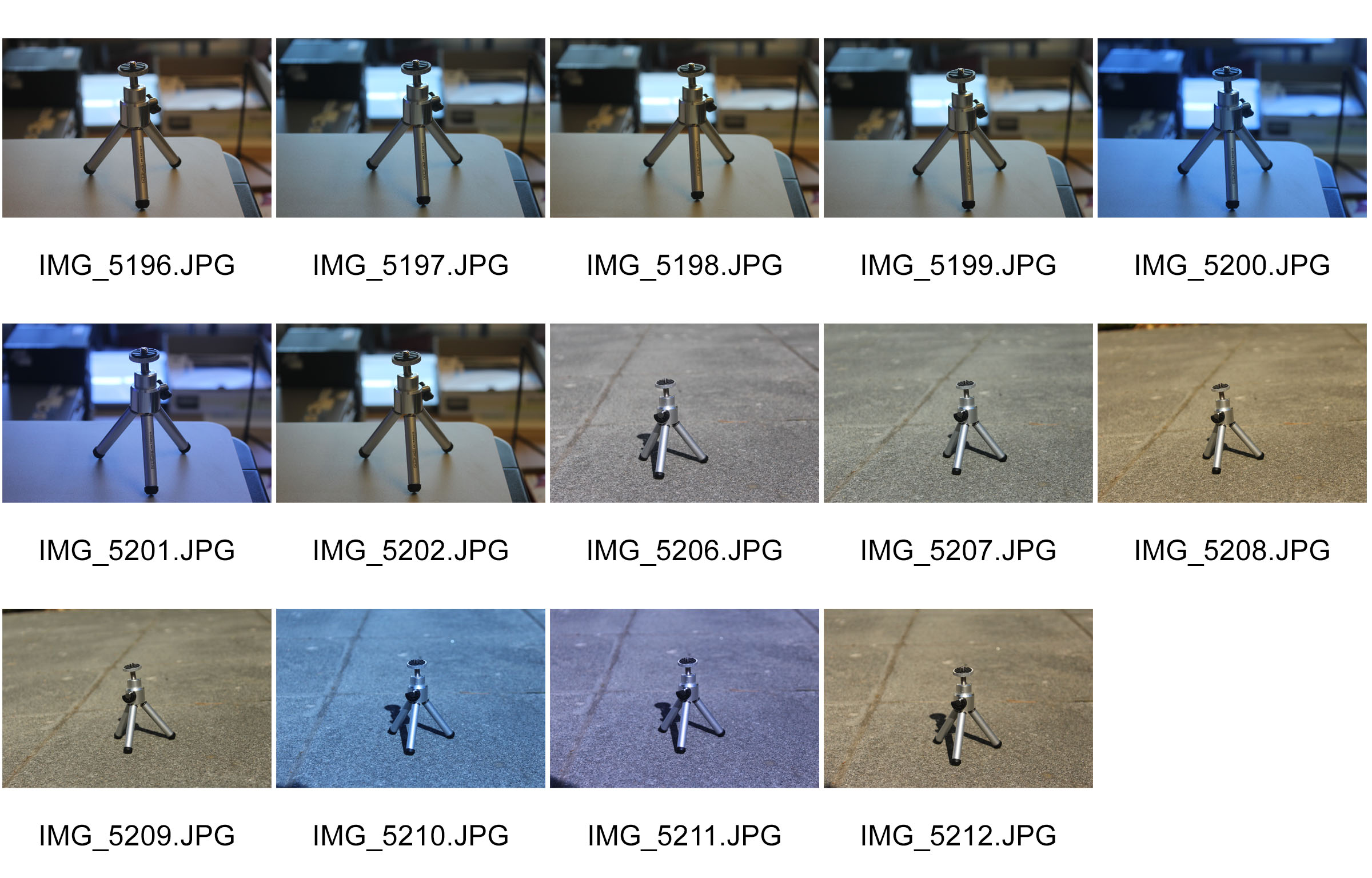What is White Balance?
‘White balance (WB) is the process of removing unrealistic color casts, so that objects which appear white in person are rendered white in your photo. Proper camera white balance has to take into account the “color temperature” of a light source, which refers to the relative warmth or coolness of white light. Our eyes are very good at judging what is white under different light sources, but digital cameras often have great difficulty with auto white balance (AWB) — and can create unsightly blue, orange, or even green color casts. Understanding digital white balance can help you avoid these color casts, thereby improving your photos under a wider range of lighting conditions.’
Definition from: https://www.cambridgeincolour.com/tutorials/white-balance.htm
Video Explaining White Balance:
Experimentation: 
When I took this photos, I changed the white balance on the camera settings. The first 7 photos are indoors and the following 7 are outside. The different types of white balance I used were: Auto, Tungsten, Florescent, Daylight, Cloudy, Flash and Custom. The change in white balance is clearer outside than it was inside, as the natural light outside was a lot stronger than the indoor artificial light.

Please complete the ABSTRACT UNIT with the expected blog posts detailed below…
Moodboard (AO1) x 1 blog post
Mindmap of ideas (AO1) x blog post
Artist Reference / Case Study with IMAGE ANALYSIS (AO1) x 1 blog post
Action Plan (AO3) x 1 blog post
Photo-shoots + contact sheets (AO3) x 1 blog post
Image Selection (AO2) x 1 blog post
Image Editing/ manipulation (AO2) x 1 blog post
Presentation of final outcomes (AO4) x 1 blog post
Compare and contrast to your artist reference (AO1) x 1 blog post
Evaluate and Critique your final outcomes (AO1+AO4) x 1 blog post